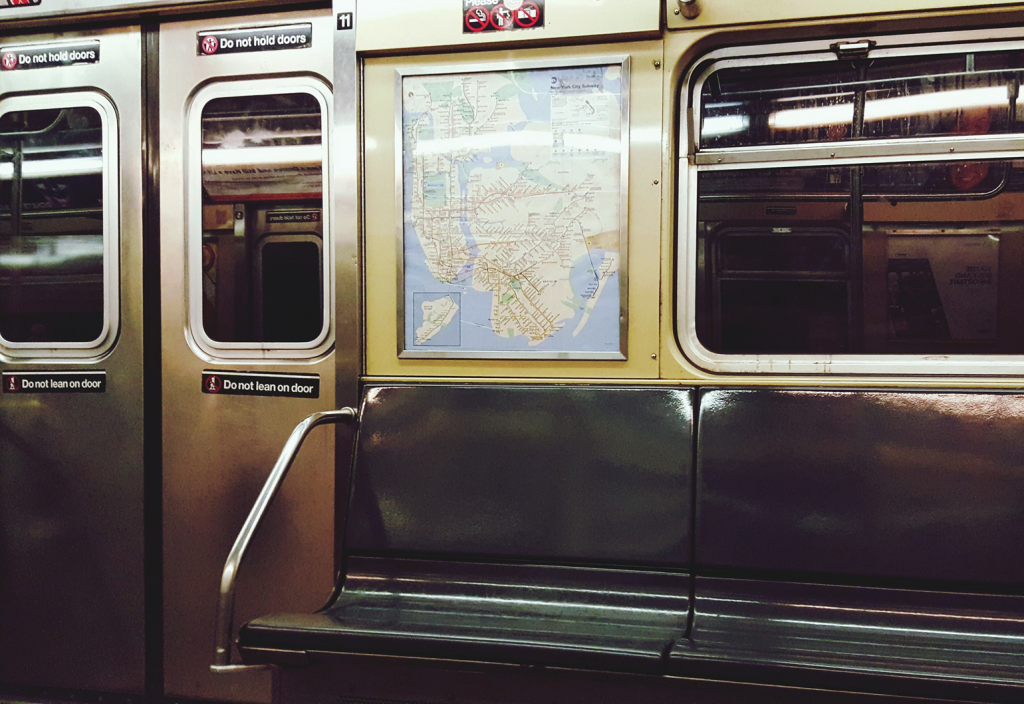After suffering severe flood damage, one of New York’s busiest and oldest train lines was headed for a full closure to complete renovations. But engineers have proposed a solution that would see repairs completed without the major service disruptions.
The L Train subway tunnel between Brooklyn and Manhattan suffered severe flooding during Hurricane Sandy in 2012, which has been touted as the worst storm to hit New York City in more than three centuries.
Although the Metropolitan Transportation Authority (MTA) was able to get trains running again after the cleanup, a 15-month closure to repair the salt water damage to power cables, communications and signalling equipment – and the benchwall that encloses them – was scheduled to start in April 2019.
More than 400,000 daily commuters who relied on this train line would be affected.
But earlier this month, New York Governor Andrew Cuomo made a surprise announcement: thanks to a proposed solution from engineering experts at Cornell and Columbia Universities, the full closure would no longer be needed.
Instead, work will be completed at night and on weekends, with a single tube providing limited service in both directions during business hours.
Old tunnel, new fix
Like many of New York’s subway tunnels, the L Train subway, which incorporates two tubes, is nearly 100 years old. When Hurricane Sandy flooded it with salt water, cables and electronic components were damaged while leaving the structure intact. For six years, the salt has continued to corrode cables, including those that power the train.
When the tunnel was constructed, the cables needed to be encased in pipes in the concrete benchwall to protect them from fire. The benchwall is also deteriorating in places due to salt water ingress during the storm.
The original repair plan was to remove the entire benchwall, including conduits and cables, and rebuild. In search of a cheaper, quicker and less disruptive solution, Cuomo turned to Cornell and Columbia Universities for help.
They recruited the expert team behind the new solution, made up of mechanical, civil and electrical engineers – including Columbia Dean of Engineering Mary Boyce and Cornell Dean of Engineering Lance Collins.
According to Boyce, the team recommended that rather than being encased in the benchwall, the new cables are racked along the walls on one side of the tunnel, and jacketed with a low smoke, zero-halogen, fireproof material. This will make the new cables easier to upgrade or repair. The old cables can be disconnected and left in the benchwall, removing the need for complete demolition.
Collins explained the benchwall would be assessed for structural integrity using ultrasound technology to determine which areas need to be reinforced or demolished. Fibre-reinforced polymer, which has been used in bridges and buildings, will be used to shore up sections that have moderate damage. For ongoing condition monitoring, smart fibre-optic sensors will be installed along the length of the benchwall.
“So this is really state-of-the art technology. It’s been applied in new tunnels. This is an unusual application in that we’re applying it in an existing unit as part of the rehabilitation of an existing tunnel,” Collins said.
The technique has been proven in European tunnels, Cuomo added.
“Remarkably, we can’t find tunnels in the United States that have done it,” he said.
The team has also looked at other ways to head-off future issues. They’ve recommended that a LiDAR system be installed to map the shape of the tunnel on a periodic basis to detect signs of deterioration. To make the tunnel more resilient in the face of storms, they’ve incorporated additional drainage pipes, and increased power redundancy and capacity for pumps.
Boyce said the new solution is a highly integrated design that achieves all functional outcomes, as well as minimising disruption by carrying out critical elements in parallel. She also believes it positions New York to be a leader in infrastructure.
“We have a 100-year-old tunnel that was damaged by a flood, [in] unusual circumstances. This actually gives us the opportunity to be innovative,” she added.
